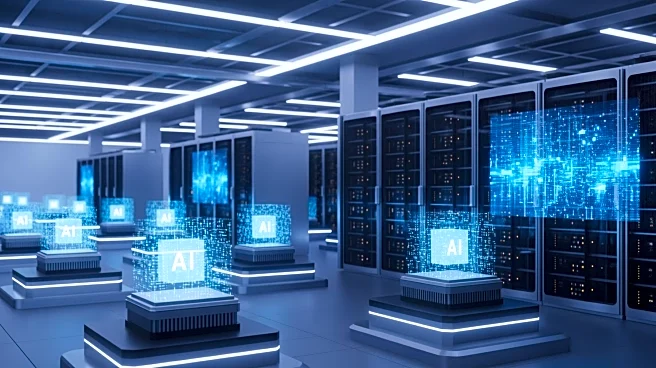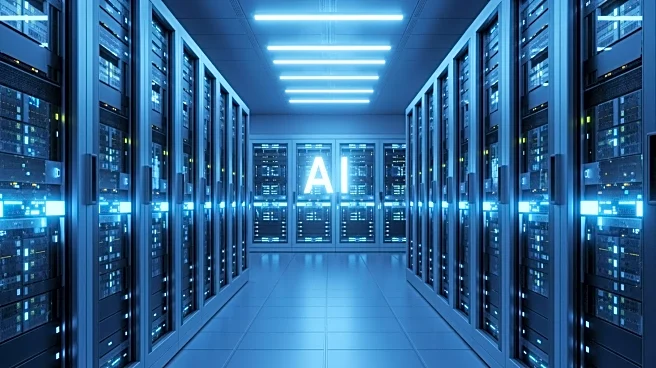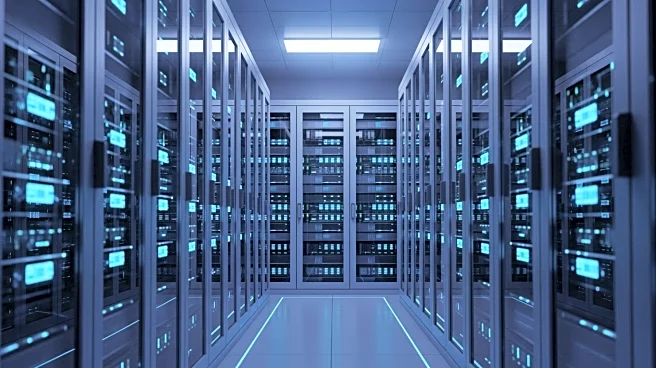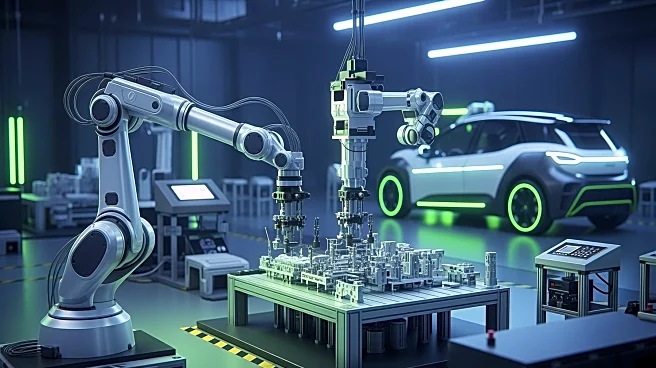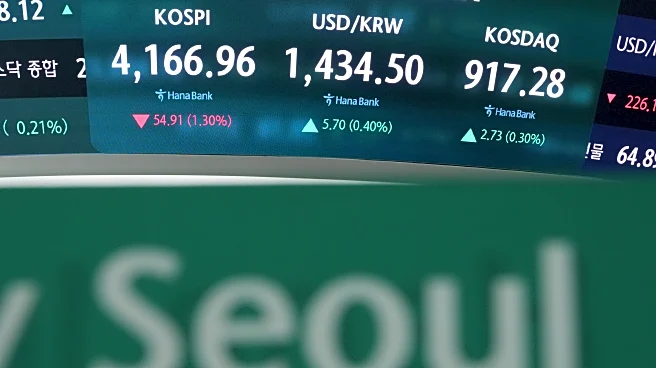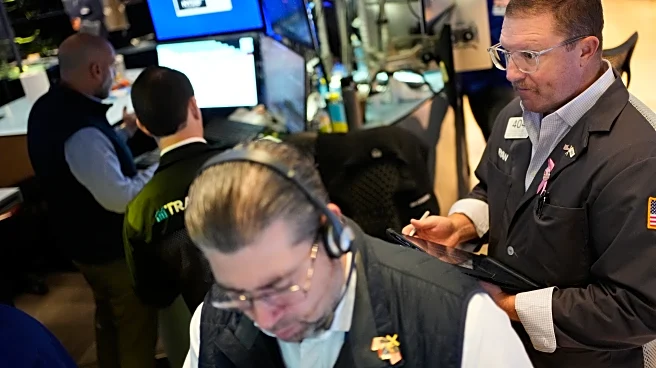What's Happening?
Deutsche Telekom and Nvidia have announced the launch of their first AI factory in Munich, scheduled for early 2026. The facility will be equipped with up to 10,000 Blackwell GPUs from Nvidia, located
at a renovated data center. The project aims to provide companies with the opportunity to develop AI models and applications using proprietary data. Targeting manufacturing and industrial customers, the AI factory represents a €1 billion (US$1.15 billion) partnership, promising sovereign and secure IT infrastructure.
Why It's Important?
The AI factory is part of a broader trend towards sovereign cloud solutions in Europe, driven by geopolitical shifts and the need for secure data management. As companies increasingly move sensitive data from public cloud to local storage, the demand for sovereign cloud architecture is expected to rise. The partnership between Deutsche Telekom and Nvidia highlights the strategic importance of AI in enhancing Germany's manufacturing capabilities, offering opportunities for innovation and competitive advantage in the industrial sector.
What's Next?
The AI factory is part of the 'Made 4 Germany' initiative, which aims to invest €735 billion ($845 billion) by 2028 to strengthen Germany's position as a business hub. As the project progresses, Deutsche Telekom will collaborate with SAP to develop digital infrastructure for public institutions and security for the industrial AI Cloud. The initiative reflects ongoing efforts to foster local alternatives to foreign infrastructure and service providers, with implications for data sovereignty and innovation.
Beyond the Headlines
The focus on sovereign cloud solutions underscores broader geopolitical and regulatory trends in Europe, as countries seek to maintain control over critical data and infrastructure. The partnership between Deutsche Telekom and Nvidia highlights the intersection of technology and policy, with implications for data sovereignty and innovation. As AI becomes increasingly integrated into industrial applications, the legal and regulatory landscape will continue to evolve, requiring careful navigation to balance innovation with compliance.


